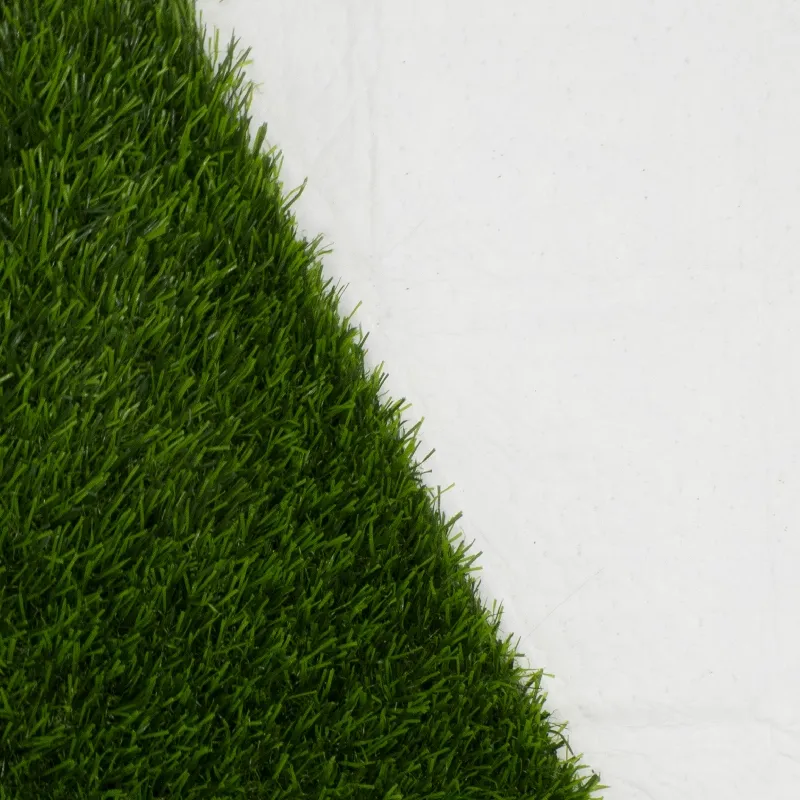
- Afrikaans
- Arabic
- Belarusian
- Bengali
- Czech
- Danish
- Dutch
- English
- Esperanto
- Estonian
- Finnish
- French
- German
- Greek
- Hindi
- Hungarian
- Icelandic
- Indonesian
- irish
- Italian
- Japanese
- kazakh
- Rwandese
- Korean
- Kyrgyz
- Lao
- Latin
- Latvian
- Malay
- Mongolian
- Myanmar
- Norwegian
- Persian
- Polish
- Portuguese
- Romanian
- Russian
- Serbian
- Spanish
- Swedish
- Tagalog
- Tajik
- Thai
- Turkish
- Turkmen
- Ukrainian
- Urdu
- Uighur
- Uzbek
- Vietnamese
synthetic sod
Dec . 07, 2024 04:35 Back to list
The Evolution and Benefits of Synthetic Sod
In recent years, synthetic sod has emerged as a groundbreaking innovation in the landscaping and turf management industry. This synthetic material mimics the appearance and feel of natural grass while offering a host of benefits that make it an attractive option for homeowners, businesses, and athletic facilities alike. This article delves into the evolution, advantages, and future prospects of synthetic sod.
The Evolution of Synthetic Sod
The journey of synthetic sod dates back to the mid-20th century, with the first significant breakthrough being the creation of artificial turf for sports fields. Initially, these surfaces were predominantly used in stadiums to provide durable playing conditions, especially where natural grass struggled to thrive. However, advancements in technology have allowed for the development of more realistic and flexible materials that closely resemble natural grass.
Modern synthetic sod is made from a blend of polyethylene, nylon, and polypropylene, which are designed to replicate the texture, color, and resilience of real grass. The fibers are woven into a backing material, and the resulting product is available in various lengths, colors, and densities, catering to specific needs and aesthetic preferences. As the technology has progressed, synthetic sod has found its way into residential lawns, commercial landscapes, playgrounds, and even golf courses.
Benefits of Synthetic Sod
One of the most compelling reasons for choosing synthetic sod is its low maintenance requirements. Natural grass demands regular mowing, watering, and fertilizing to remain lush and vibrant, while synthetic alternatives require minimal upkeep. Homeowners can save time and money that would otherwise be spent on maintaining a traditional lawn, allowing them to enjoy their outdoor spaces without the constant work associated with natural grass.
synthetic sod

Environmental sustainability is another significant advantage of synthetic sod. With growing concerns about water scarcity in many regions, artificial turf offers a water-efficient alternative. Synthetic sod does not require irrigation, which can significantly reduce water consumption. Additionally, the need for chemical fertilizers and pesticides is greatly diminished, leading to a decrease in harmful runoff that can pollute local ecosystems.
Synthetic sod also boasts remarkable durability and resilience. Unlike natural grass, which can be prone to brown patches and damage from heavy foot traffic, synthetic alternatives can withstand rigorous use without showing signs of wear. This makes it especially appealing for high-traffic areas like sports fields and playgrounds, where maintaining a pristine appearance is crucial.
Safety is yet another key benefit of synthetic sod. Modern installations often feature shock-absorbing underlayers that provide a softer landing for falls, making it a safer choice for children’s play areas and athletic fields. Furthermore, synthetic sod is hypoallergenic and free from pests, reducing the risk of insect bites and allergies associated with traditional lawns.
The Future of Synthetic Sod
As the popularity of synthetic sod continues to rise, innovations within the industry are likely to expand further. Research into environmentally friendly manufacturing processes and recyclable materials may lead to even more sustainable options in the future. Furthermore, improvements in aesthetic realism, such as enhanced color variations and textural differences, will likely appeal to an even broader audience.
In conclusion, synthetic sod represents a significant advancement in landscaping solutions, offering numerous benefits that cater to the needs of modern society. From low maintenance to environmental sustainability, the advantages are clear. As technology continues to evolve, synthetic sod is poised to become an integral part of our outdoor environments, reshaping how we think about lawns, sports fields, and recreational areas. Embracing this innovation may not only simplify outdoor upkeep but also lead to a more sustainable and visually appealing future.
-
The Benefits of Artificial Turf for Indoors
NewsJul.15,2025
-
How Artificial Grass Suppliers Ensure Quality Products
NewsJul.15,2025
-
Artificial Grass and Pets: A Space for Relaxation
NewsJul.08,2025
-
Balcony & Outdoor Decoration with Artificial Grass
NewsJul.08,2025
-
Best Indoor Artificial Grass for Home
NewsJul.07,2025
-
Best Pet Turf for Dogs: Safe & Durable Artificial Grass Options
NewsJul.07,2025
Products categories









